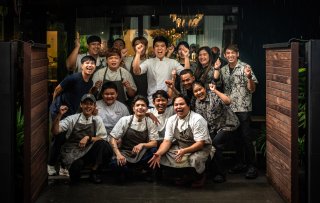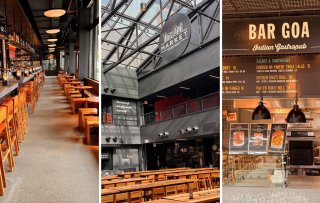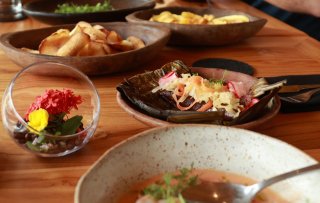Street Food Couture and Diner Designed: these are two of the four key food trends for 2025. Unilever Food Solutions presented them during their annual Future Menus event in Wageningen on March 12th. Over 200 people, including clients of Unilever, journalists, and chefs from all over the world attended to learn about these culinary insights.
The four most important food trends for 2025 are:
1. Street Food Couture
2. Borderless Cuisine
3. Culinary Roots
4. Diner Designed
TREND 1. Street Food Couture
Upgraded street food classics, also known as Street Food Couture, is a major trend. It arises from Gen Z’s tendency towards casual dining, which is in part a result of inflation. With the cost of living becoming higher, guests make more financially conscious food choices.
So-called Street Food Couture is not just about making street food appealing to a wider audience, but also about perfecting it. Street food couture uses gourmet ingredients, incorporates creativity, and employs sophisticated techniques. Think tacos with artisanal fillings, satay with prime meat and ramen with smoked mackerel broth.
Side note: street food's charm must be preserved. Street food appeals to modern diners looking for both accessible and exciting dishes. Cuisines rapidly emerging within this trend are Mexican, Indian, Korean and Filipino.

TREND 2. Borderless Cuisine
Borderless Cuisine is more than just fusion. This trend demonstrates chefs' talents for connecting cuisines through specific flavors and stories, while keeping respect for individual cultures and authenticity at the heart of their unique dishes.
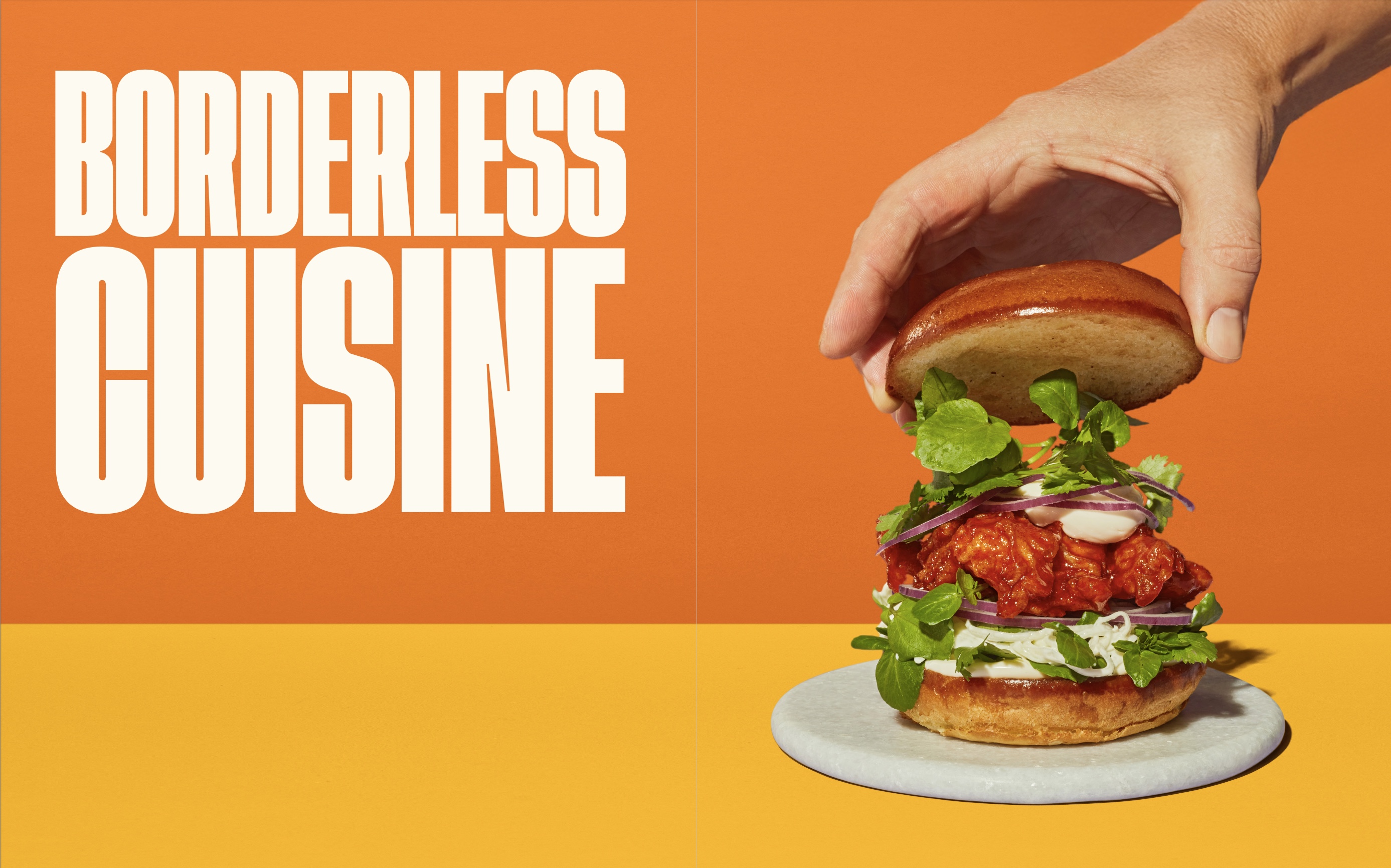
Cooking the trend: Santiago Lastra
Chef Santiago Lastra is one of the chefs at the helm of a new culinary movement that is blurring borders and rewriting tradition. At KOL in London - acclaimed in The World's 50 Best Restaurants since 2022 - he reinterprets the vibrant flavours of his Mexican heritage using only British ingredients. His cooking style is as much about honoring culture as it is about embracing innovation.
TREND 3. Culinary Roots
Culinary Roots is about honoring lesser-known regional dishes, indigenous ingredients, and traditional cooking techniques. This trend goes beyond local; it is about connecting your guests with cultural heritage and preserving culinary traditions. It is about chefs acting as ambassadors of their country and region; the keepers of culinary heritage. The trend emphasizes the importance of local sourcing, strengthening ties with your communities, and local farmers.

Cooking the trend: Ana Roš
At Slovenia's three-Michelin-starred restaurant Hiša Franko, located in the remote Soča Valley between the Julian Alps and the Italian border, each dish tells a story of place, tradition, and creativity. Co-owner and chef Ana Roš developed a cuisine shaped by the alpine climate, seasons, local provenance, and respect for the land. From reviving traditional farming methods, to creating a new perspective on what makes an ingredient valuable - her creations are bold, personal, and reflect the unique character of the region.

TREND 4. Diner Designed
Diner Designed is all about a more interactive, personalized dining experience. This trend responds to the growing desire for immersion and the need to actively participate in the creation of a dish. With advances in technology, such as artificial intelligence (AI), personalization can go even further. Think of customized décor based on guests' preferences and flexible menus based on personal taste profiles.

Four key factors contributing to these trends:
-
Gen Z's preference for casual dining: one key factor is Gen Z's maturing and particular outlook on food and drink. For example, they expect much more personalized experiences.
-
Increased visibility of global street food on social media: another strong culinary shift is the growing influence of Asian and Latin American flavors and cuisines. Chinese and Japanese cuisines are now in the top five global favorites across all age groups, and there is also increasing demand for Korean and Mexican flavors.
-
Ongoing migration and globalization influencing food choices: this shift is related to physical and digital migration, and tourism. Chefs are working with new ingredients, culinary techniques, and flavors to create something unique. In many cuisines, you see a diversity of cultures bringing indigenous flavors and techniques to local restaurants.
-
Inflation is causing accessible and affordable food to be more appealing: there is an ongoing crisis in the cost of living, causing consumers to look for affordable luxuries and experiences that bring them pleasure. Think gourmet versions of traditional street food, which is now invading every channel of the foodservice industry, including fine dining.
About the Future Menus Trend Report
In 2023, Unilever Food Solutions launched the Future Menus Trend Report for the first time. Trends were compiled using interviews with chefs and solid global data from reports, social media analysis, and more than 300 million online searches in 21 countries. In-depth feedback from more than 1,100 chefs was also used. With the report, the company aims to inspire chefs and food producers worldwide. The Trend Report includes practical tips, recipes and how-to videos.
On March 12th, 2025, Unilever Food Solutions presented the third edition of the report, during a dedicated launch event to 200 clients, journalists, and chefs from around the world. The event took place at Unilever Foods Innovation Centre HIVE, based in Wageningen, The Netherlands.
.jpg-28x28.jpg) Written by
Written by 
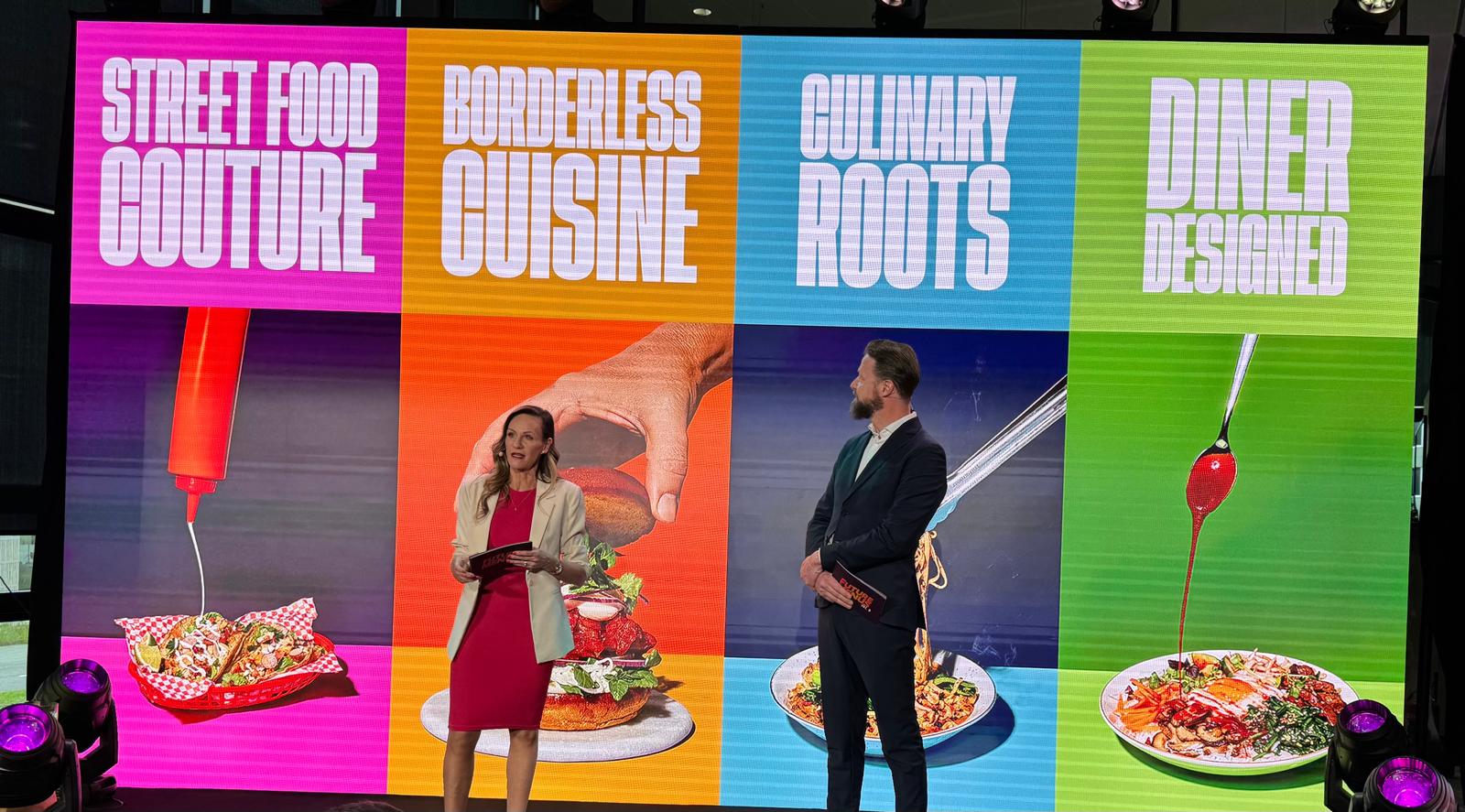
.jpg-300x300.jpg)
.jpg-50x50.jpg)
















